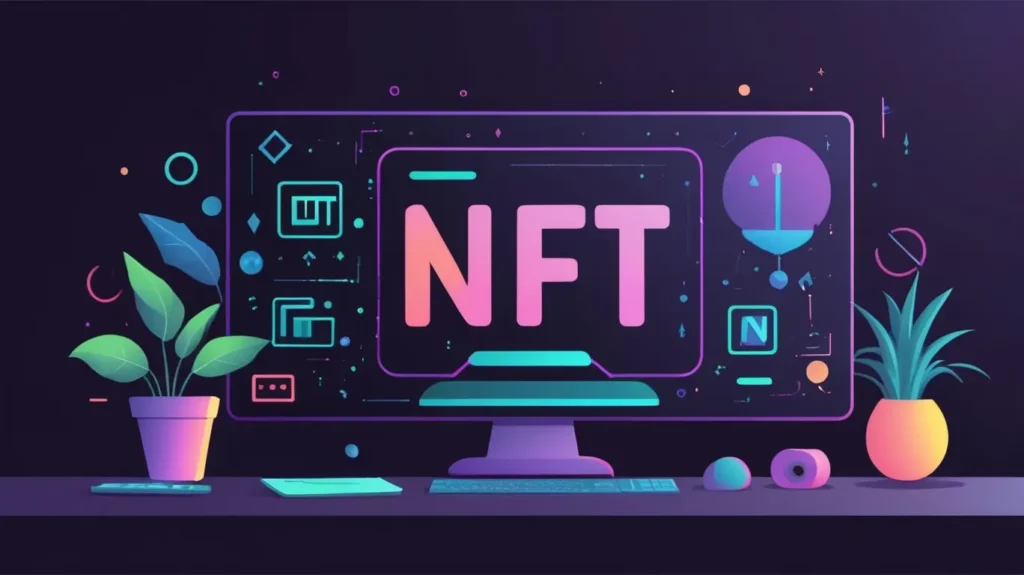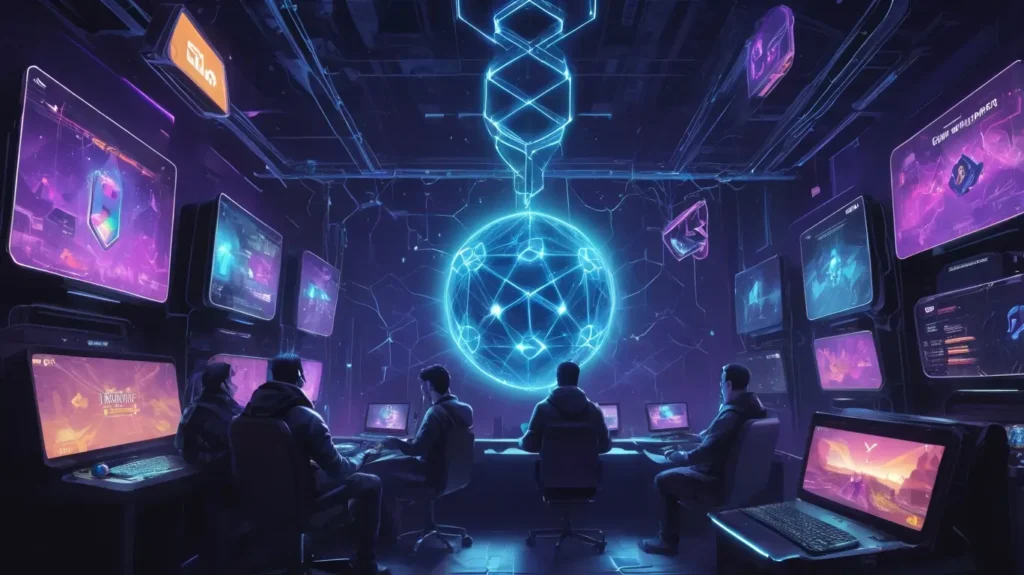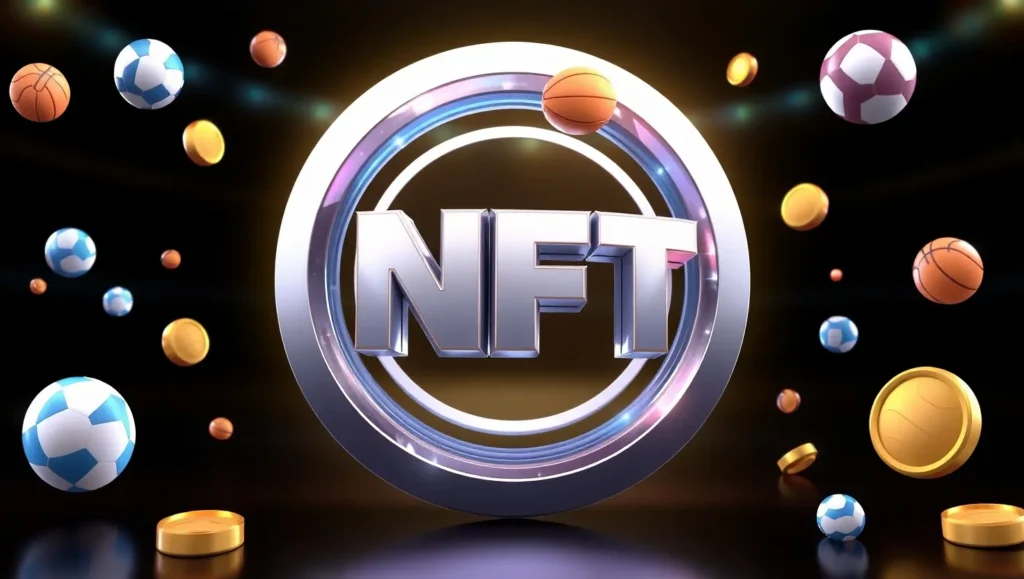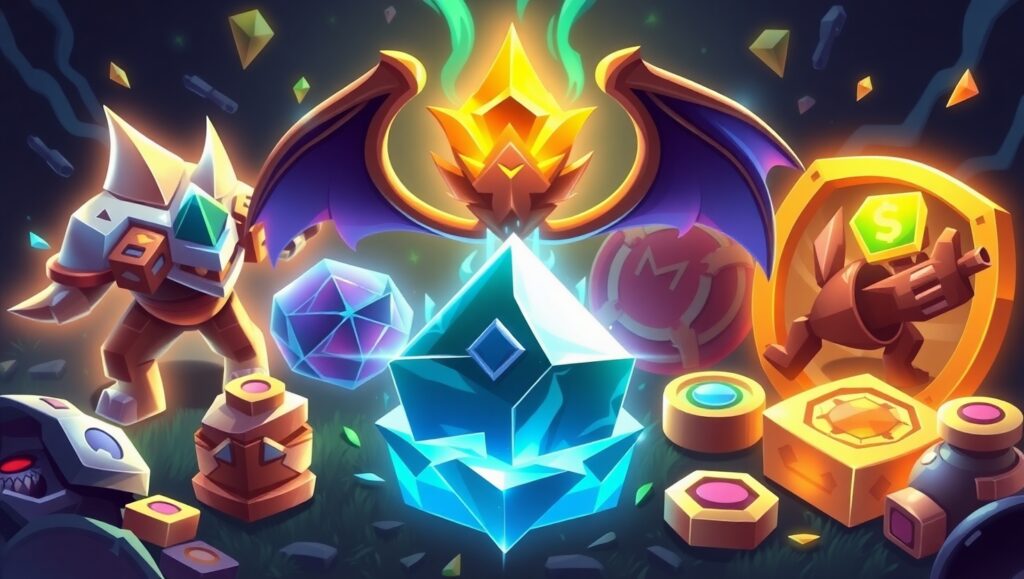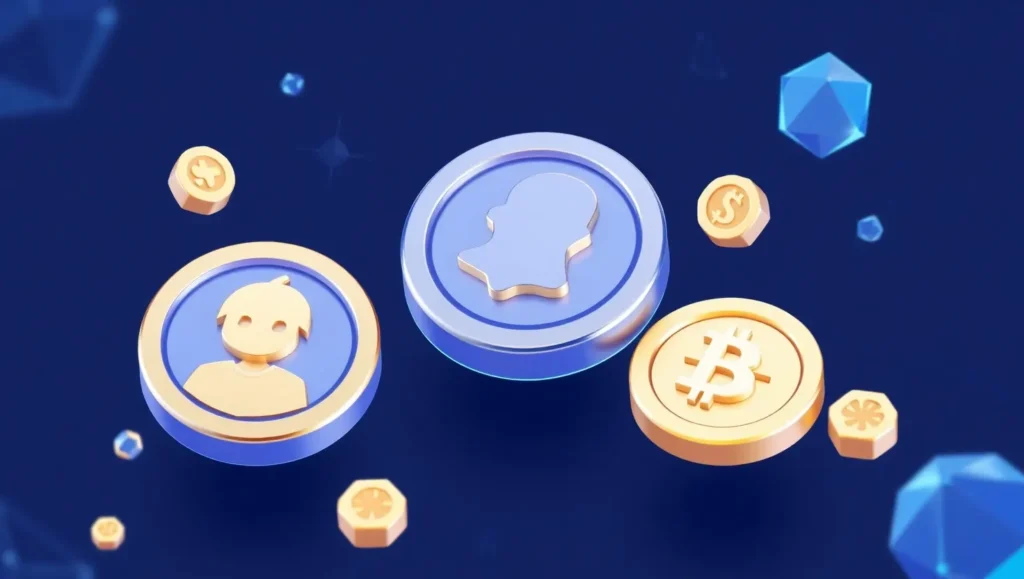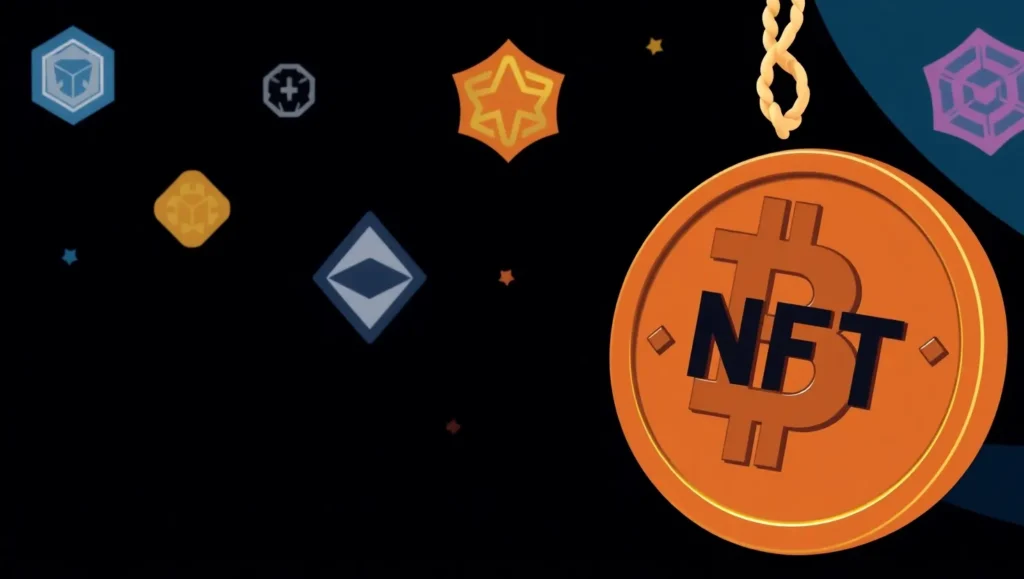NFT gaming has taken the digital world by storm, inviting us into realms where virtual assets are not just collectibles but investments of considerable value. As we immerse ourselves in this universe, it’s fascinating to explore the games that house the most expensive NFT gaming items, shaping the industry’s landscape and fueling imaginations.
What Do We Mean by “Expensive” NFT Games?
Our list is a dynamic one influenced by market trends and the popularity of individual NFTs within those games. And what defines the popularity of each NFT? Factors like scarcity, marketing & hype, word-of-mouth, and functionality all contribute to the popularity, hence the price of the NFT.
Also, the data may have changed since the writing of the article, so please take that into consideration.
A Bit More Detail: Factors Influencing NFT Values
Several elements converge to influence the value of gaming NFTs. The rarity and uniqueness of an NFT determine its initial appeal, often linked to limited editions or unique attributes within the game. Historical significance, such as CryptoPunks’ status within the NFT narrative, enhances their prestige and price. Moreover, market trends, driven by hype cycles and community endorsements, can elevate or diminish an NFT’s financial status. Understanding these factors aids us in navigating the volatile yet intriguing world of NFT investments.
Exploring the Most Expensive NFT Gaming Ventures
These games revolutionize the concept of digital ownership. The blend of blockchain technology and creativity has spawned some of the highest-priced gaming collectibles. Let’s embark on a journey through some unique experiences, each contributing to the vibrant tapestry of NFT gaming.
1. Axie Infinity
In Axie Infinity, players cultivate factions of fantastical creatures called Axies. The game’s marketplace has seen NFTs trading at astonishing prices, with some Axies surpassing hundreds of thousands of dollars. Their value lies in unique genetic combinations and battle prowess, making each Axie a strategic asset in PvP battles. The allure of breeding and collecting these creatures draws us deeper, transforming farm and fight mechanics into high-stakes commerce. Axie Infinity not only entertains but also offers potential financial rewards, exemplifying the blend of gaming and blockchain economies.
What made its NFTs popular?
The game’s popularity surged due to its engaging monster-battling gameplay, the P2E mechanic that allowed players to earn real income, and a strong community in regions where this income was significant. The high cost of Axies was driven by their unique genetic combinations, battle abilities, breeding potential, and scarcity within the game’s ecosystem. Additionally, the early-mover advantage and the establishment of a digital economy played significant roles in its success.
2. The Sandbox
The Sandbox presents a virtual metaverse where users build, own, and monetize their gaming experiences in the most expensive NFT gaming scene. Here, land parcels—represented as NFTs—fetch premium prices due to scarcity and location. The most expensive plots boast proximity to iconic brands or celebrity projects, sparking real estate booms in the virtual realm. This dynamic ecosystem invites us to sculpt our dream worlds, engage with a passionate community, and perhaps stake a claim in this unfolding digital frontier. As creators or investors, we are part of an ongoing narrative of virtual possibilities.
What made its NFTs popular?
The popularity of this platform is rooted in its vision of a user-generated metaverse, where players have genuine ownership of their creations and virtual land. The opportunities to build, own, and monetize experiences, along with collaborations with well-known brands and celebrities, sparked significant interest. As a result, virtual land (LAND NFTs) became highly sought after due to its limited supply, strategic locations near popular entities, and potential for hosting profitable virtual events and experiences.
3. Decentraland
Decentraland transforms social interaction through a decentralized platform where virtual land is sought-after. High-value NFTs here often include exclusive properties or event spaces that generate income via virtual commerce. Decentraland’s appeal lies in its user-generated content, with digital architects and brands crafting immersive experiences. Navigating its bustling streets, we encounter art galleries, fashion shows, and clubs, each plot a slice of digital life with unique narratives. It’s a world where ownership means creating and thriving in ways unimagined just years ago.
What made its NFTs popular?
Decentraland, like The Sandbox, offers a decentralized virtual world where users can explore, socialize, and build on virtual land parcels. Its popularity stems from being one of the early metaverses with a functioning economy and an active user base. The value of land (LAND NFTs) is influenced by factors such as scarcity, location within popular districts, and its potential for hosting events, establishing businesses, and generating income through virtual commerce.
4. Gods Unchained
Gods Unchained, a competitive trading card game, intertwines elements of fantasy and blockchain in exhilarating battles. High-value NFTs in this ecosystem are rare cards that enhance strategic depth and competitive edge. The game’s marketplace thrives as players buy, sell, and trade to perfect their decks. Each card holds intrinsic worth based on scarcity, tactical advantage, and market demand. As we build decks and challenge opponents, the thrill of turning collectible assets into gameplay triumphs makes Gods Unchained a standout in the NFT genre.
What made its NFTs popular?
This game became popular because of its engaging and strategic trading card gameplay, which appealed to fans of titles like Magic: The Gathering and Hearthstone. The incorporation of NFTs allowed players to truly own their cards, enabling them to trade and sell them. Expensive cards are usually rare, powerful in gameplay, and highly sought after by competitive players looking to build the best decks.
5. ZED RUN
ZED RUN offers a digital racetrack where players own, breed, and race virtual horses via the most expensive NFT gaming. The game captivates us with its thrilling race simulations and its breeding mechanics that promise unique and valuable offspring. Some prized steeds have fetched prices reminiscent of real-world champion racehorses. This blend of strategy, genetics, and spectacle unites enthusiasts worldwide, each race offering a glimpse of potential fortune and glory. ZED RUN exemplifies how traditional sports can find new life and markets in the digital age.
What made its NFTs popular?
Its popularity originates from the unique idea of owning, breeding, and racing digital racehorses. The blend of strategy—breeding for desirable traits—chance—through the races—and the emotional connection to “owning” a virtual animal attracted a broad audience. High-value horses are those with rare bloodlines, proven racing records, and strong breeding potential, reflecting the dynamics of the real-world horse racing industry.
6. Sorare
Sorare revolutionizes fantasy football by integrating blockchain-powered trading cards of real-life players among the most expensive NFT gaming. These NFTs carry value not only for their rarity but also for their performance-based utility within fantasy leagues. As we assemble our dream teams, each card presents a strategic decision affected by real-world fixtures. Sorare captivates both collectors and football fans, uniting the thrill of fantasy sports with blockchain’s transparency. Our squad-building skills and football insights become currency in a game that bridges the gap between the virtual and actual sporting worlds.
What made its NFTs popular?
Sorare successfully combines fantasy football with blockchain-based trading cards featuring real-world players, attracting both NFT collectors and sports fans. The cards hold added value thanks to their use in fantasy leagues, where their performance is linked to actual match outcomes. The most expensive cards are usually from top-performing or highly sought-after players and have low mint counts, which increases their rarity.
7. MOBOX
MOBOX merges free-to-play and play-to-earn models in a gaming environment that rewards participation with valuable NFTs. Within its ecosystem of games and activities, NFT collectibles achieve high market worth due to their utility and scarcity. By engaging in its diverse games portfolio, we earn rewards that reflect our time and effort, seamlessly integrating entertainment and income. MOBOX challenges the traditional gaming economy, offering a glimpse into play-to-learn’s potential to reshape how gaming and financial rewards intersect.
What made its NFTs popular?
Its popularity stems from its unique approach of combining free-to-play and play-to-earn mechanics across a variety of interconnected games. This strategy lowers the barrier to entry, enabling a broader audience to earn valuable NFTs through active participation. The value of MOBOX NFTs is linked to their utility within the different games in the ecosystem, as well as their scarcity.
8. R-Planet
R-Planet pushes the boundaries of creativity by integrating resource management and strategic exploration in a world brimming with opportunity. High-value NFTs here include land and resources pivotal for crafting and discovering rare elements inside the most expensive NFT gaming. Navigating the unknowns, we find ourselves part of a growing civilization where every move impacts our path to wealth. The notion that our cunning exploration might unearth treasures of substantial value makes R-Planet a compelling entry within the NFT gaming landscape.
What made its NFTs popular?
This project centered on resource management and strategic exploration, enabling players to create and discover rare elements by combining NFTs. Its popularity arose from the creative aspect of crafting and the opportunity to uncover valuable and rare resources. The most expensive NFTs were those representing rare elements or land with a high potential for resources.
9. Illuvium
Set in a visually stunning alien world, Illuvium challenges us to capture and battle Illuvials, each an NFT asset. High-value NFTs in this universe come from rare and powerful Illuvials that enhance gameplay strategies. Collectors and strategists alike are drawn to its blend of exploration, combat, and ecosystem growth. As we dive into this vibrant universe, the allure of capturing rare assets inspires excitement, while the game’s deep mechanics and visual splendor ensure we remain engaged in this interstellar adventure.
What made its NFTs popular?
The game’s popularity stems from its visually stunning graphics, immersive open-world exploration, and engaging mechanics for capturing and battling unique creatures known as “Illuvials,” which are also NFTs. Its high production value and the strategic depth of the combat system have attracted both players and collectors. Rare and powerful Illuvials with desirable traits command higher prices.
Notable Examples of High-Value NFTs
1. NBA Top Shot
Sports fandom meets blockchain innovation in NBA Top Shot, where fans collect and trade NFT highlight clips known as Moments. The platform has seen moments sell for staggering amounts, driven by player popularity and event significance. Each digital pack opens a chance to own history—a record-breaking dunk or buzzer-beater. Engaging with this community, we take part in a novel way of appreciating sports, where every trade and purchase we make is both an investment and a celebration of basketball heritage.
What made its NFTs popular?
This platform leveraged the extensive fanbase of the NBA by offering officially licensed NFT highlight clips known as “Moments.” Its popularity stemmed from the emotional connections fans have with iconic plays and their favorite players. The price of Moments is influenced by factors such as the rarity of the clip (including serial number and edition size), the significance of the play itself, and the popularity of the player involved.
2. CryptoPunks
These pixelated icons have become symbols of the NFT movement through the most expensive NFT gaming, with a select few reaching astronomical auction prices. CryptoPunks, often hailed as the pioneers of NFT collectibles, are limited to 10,000 uniquely generated characters, each with distinct traits and rarities. Their historical significance boosts their desirability, cementing them as cultural artifacts within the gaming and art worlds. When we gaze upon a CryptoPunk, we see a digital face and a piece of cryptographic history that continues to influence market trends and artistic discussions.
What made its NFTs popular?
Their popularity originates from being one of the earliest examples of NFTs on the Ethereum blockchain, establishing them as historical artifacts in the crypto space. With a limited supply of 10,000 unique, randomly generated attributes and early adoption by crypto enthusiasts and influencers as digital avatars and status symbols, these NFTs have gained significant value and cultural importance. They represent a crucial part of NFT history.
The Future of NFT Gaming
Looking ahead, the NFT gaming market is poised for expansive growth. As blockchain technology matures, we anticipate more traditional gaming models embracing NFTs, thereby expanding player ownership and economy. Future innovations might integrate augmented reality (AR) and virtual reality (VR), offering more immersive experiences. Additionally, as digital literacy and investment interest grow, these gaming ecosystems are likely to attract broader audiences, cementing NFTs as a staple facet of modern gaming.
To Wrap Up
In the panorama of the most expensive NFT gaming, we discover a thriving ecosystem where imaginative worlds and lucrative assets coexist. As we navigate this digital terrain, the interplay of gaming, technology, and finance continues to unfold, inviting us all to partake in its evolving narrative.
1. How do NFTs affect game longevity and player retention?
NFTs can enhance game longevity by incentivizing player participation and investment, creating a sense of ownership and community engagement that extends beyond the gameplay.
2. Are NFT games accessible to non-blockchain-savvy players?
Many NFT games are designed with user-friendly interfaces and tutorials that help introduce blockchain concepts, making them more accessible to newcomers.
3. Can NFTs offer sustainable income for players?
Yes, play-to-earn models and NFT marketplaces can provide sustainable income opportunities, though they depend on market conditions and game popularity.
